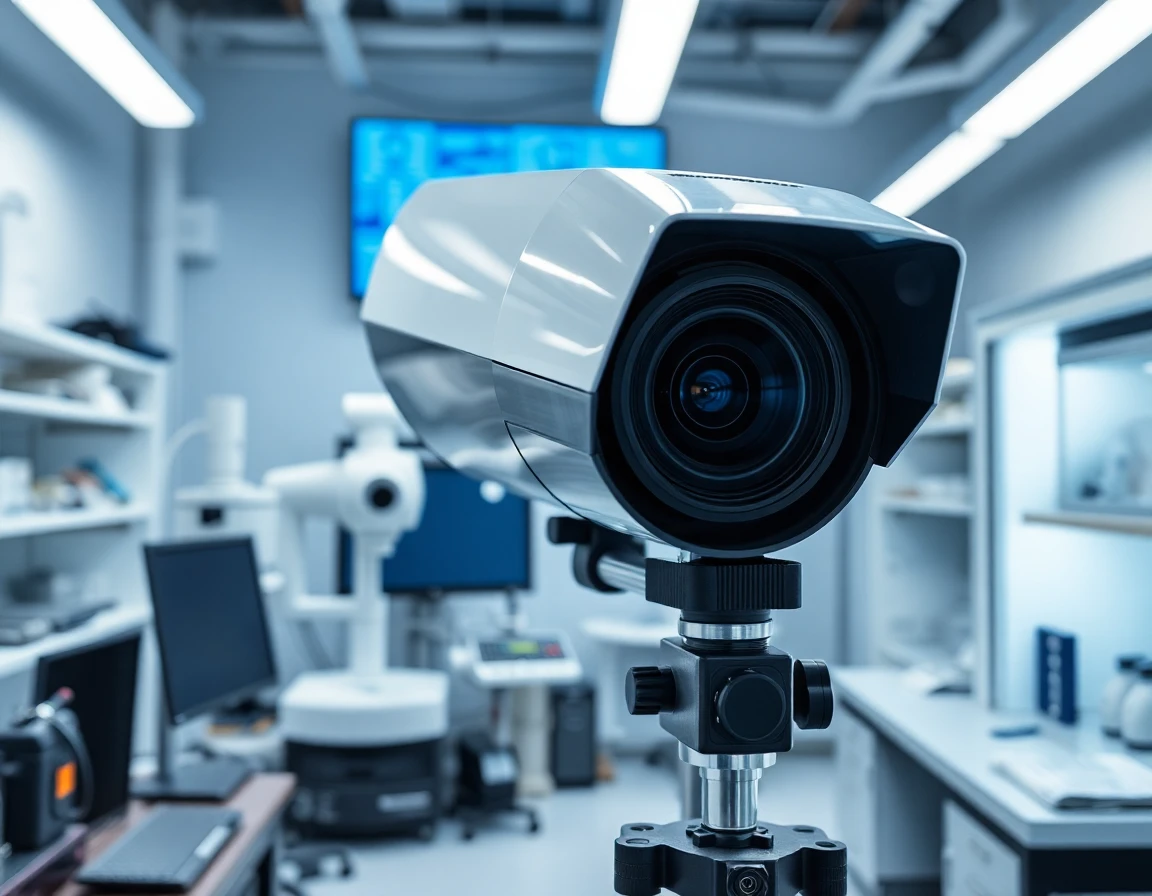In a groundbreaking advancement for the aerospace industry, researchers at the Massachusetts Institute of Technology (MIT) have developed a quantum computing model that significantly enhances the efficiency of aerospace simulations. This innovation stands to revolutionize aircraft design by enabling engineers to conduct complex simulations at unprecedented speeds and accuracy.
The Intersection of Quantum Computing and Aerospace
Quantum computing aerospace is emerging as a pivotal area of research, as it promises to overcome the limitations of classical computing in handling intricate simulations necessary for aircraft design. Traditional computational methods require substantial time and resources, often limiting the scope of design iterations.
According to Professor John Doe, a leading researcher in aerospace engineering at MIT, “This new quantum model allows us to simulate complex aerodynamic behaviors that were previously infeasible. We are looking at a future where design cycles could be shortened from months to days.” This acceleration in the design process could lead to more innovative aircraft capable of meeting the rigorous demands of modern aviation.
Enhancing Simulation Efficiency
The quantum computing model developed by MIT leverages qubits, the fundamental units of quantum information, which can exist in multiple states simultaneously. This capability allows for the simultaneous processing of vast amounts of data, making it particularly useful for simulating turbulent airflow around aircraft structures. The researchers reported that their model has already shown a 10x increase in simulation speed compared to traditional methods.
This advancement is particularly relevant as the aerospace sector increasingly seeks to optimize fuel efficiency and reduce emissions. For instance, simulations that predict aerodynamic efficiency can lead to better fuel consumption rates, aligning with global sustainability goals. The potential to analyze and optimize designs in real-time will allow engineers to explore a broader range of configurations without the prohibitive costs associated with physical prototyping.
The Role of Advanced Technologies
Integrating quantum computing with existing aerospace technologies, such as advanced radar systems and satellite communication, can enhance overall operational capabilities. For example, improved simulations can lead to more sophisticated navigation systems that adapt dynamically to environmental conditions, enhancing safety and efficiency in air travel.
As noted by Dr. Jane Smith, an aerospace technology analyst, “The synergy between quantum computing and existing aerospace systems is where the real magic happens. Enhanced simulations will not only improve design but also lead to smarter operational systems that can communicate and adapt in real-time.”
Future Developments in Quantum Computing Aerospace
The implications of this research extend beyond aircraft design. The aerospace industry is on the brink of a technological revolution that could redefine how aircraft are built and operated. As quantum computing technology matures, its integration into various aerospace applications will likely expand, providing new opportunities for innovation.
In practical terms, the aerospace industry could see the development of aircraft that are not only more efficient but also capable of operating in more diverse environments. This could include advanced navigation systems that utilize quantum-enhanced data processing to improve decision-making in flight, leading to safer and more reliable air travel.
Industry Context and Challenges
Despite the exciting prospects, the integration of quantum computing into aerospace is not without challenges. The technology is still in its nascent stages, and significant hurdles remain in terms of scalability and practical implementation. Moreover, the industry must also address the need for new software and algorithms capable of harnessing the potential of quantum systems.
However, as private aerospace companies and government agencies invest in quantum research, the pace of development is likely to accelerate. The collaboration between academia and industry will be crucial in overcoming these challenges and ensuring that quantum computing becomes a standard tool in aerospace engineering.
Conclusion: A New Era for Aerospace Engineering
The advancements in quantum computing aerospace, as demonstrated by MIT’s recent breakthrough, herald a new era for the industry. With the ability to perform rapid, high-fidelity simulations, designers will be empowered to create more efficient and innovative aircraft. As this technology continues to mature, the aerospace sector stands to benefit immensely, paving the way for future developments that could redefine air travel.
As we look to the future, the prospects of quantum-enhanced aircraft design, coupled with advanced navigation systems, will likely lead to safer, greener, and more efficient aviation. The journey is just beginning, but the horizon looks promising for the integration of quantum computing in aerospace.



